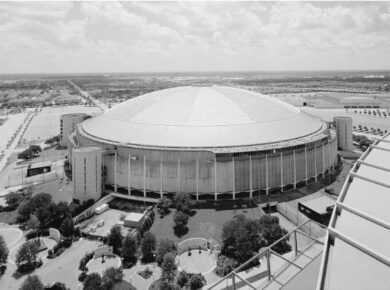Desert Modernism
Albert Frey (October 18, 1903 – November 14, 1998)
Albert Frey, was born in Switzerland, and earned his architecture diploma there in 1924. He moved to Paris in 1928 to work for Le Corbusier, on projects including the Villa Savoye. Moving to New York in 1930, Frey was the first Corbusier disciple to work in the U.S.

Source: flickr
There, he became partners with architect A. Lawrence Kocher, who was also managing editor of Architectural Record magazine. Kocher and Frey designed four buildings, including the acclaimed Aluminaire House in 1931.

Photo: © Lance Gerber
Frey’s designs were simple yet beautiful. He had great concern for nature and surroundings. His buildings seamlessly merged with the surroundings, like they have been in harmony since the beginning of the time.

Photo: © Lance Gerber
Frey’s style of architecture was marked by its sleek lines, earthy colors, and outside-inside design. Most of his designs have survived the harsh weather conditions of the desert and define the legacy of Frey. His favorite building materials were aluminum, steel, corrugated metal and glass.
Source: psmuseum
Frey moved to Palm Springs permanently in 1939. He went onto design a body of work including residential, commercial, institutional and civic buildings. Many of these buildings are preserved today including Raymond Loewy House (1946-47), Palm Springs City Hall (1952), Palm Springs Aerial Tramway Valley Station (1963) and Frey House II (1963-64). Frey lived in Palm Springs until his death in 1998. He is known as one of the founders of Desert Modernism.
About the Author:

Bruno Dursin – Managing Director at Believe in Steel. Bruno has more than 30 years of experience in promoting steel & steel solutions. His clients benefit from his extensive network within the building industry.






